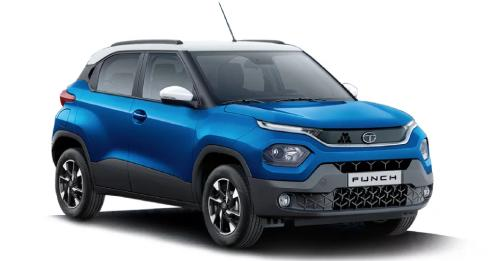Dimensions and Boot Space
The Kwid is 1579 mm wide, 1490 mm tall, and 3731 mm long. The wheelbase of this family hatchback is 2422 mm, and its enormous ground clearance is 184 mm. The Kwid has four doors, a rear hatch, and seating for five passengers. The Kwid has a gasoline tank size of 28 liters and a boot space of 279 liters. Renault Kwid Specifications are great for the price it is being offered for.
Engine Performance and Mileage
The Kwid continues to offer the same selection of engines. It is powered by an 800cc BS6-compliant engine that produces a maximum of 53 bhp and a maximum torque of 72 Nm. A 5-speed MT is mated to the engine.
A 1.0-liter gasoline engine that complies with BS6 and produces a maximum of 66 bhp and a maximum torque of 91 Nm is also available for the Kwid. The engine is mated to a 5-speed manual transmission. However, a 5-speed AMT is also available.
Features
Several Renault Kwid features are available for the Kwid. This family hatchback has an 8.0-inch touchscreen infotainment system with Android Auto and Apple CarPlay compatibility, an electric power steering system, air conditioning, and other features. Safety features, including twin front airbags, seat belt reminders, reverse parking sensors, and a high-speed alert system, are now standard equipment on all Kwid models. Also, the Kwid Climber Edition will now be offered additional features, including motorized ORVM and Day and Night IRVM, along with a Dual Tone Exterior in White with a Black Roof.
Price and versions
The Renault Kwid price ranges from Rs. 4.70 lakh to Rs. 6.45 lakh (both prices, ex-showroom). There are 9 variations of Kwid. The top variant of the Kwid costs Rs. 6.45 lakh in petrol. At the same time, the starting price for the Kwid automatic variant is Rs. 6.13 lakhs (both prices, ex-showroom). Kwid comes in ten different variations. Three of these ten variations are automatic, while seven are manual (AMT). The seven available colors are Fiery Red, Moonlight Silver, Ice White, Bronze, Zanskar Blue, Ice Cool White with Black Roof, and Metal Mustard with Black Roof. Several of these colors, nevertheless, are only offered in certain variants.
Renault Kwid Verdict
The Renault Kwid now delivers more value thanks to BS6 phase 2 compliance, additional safety equipment as standard, and added features after the latest 2023 update. This little hatchback is as attractive and simple to drive as before.












